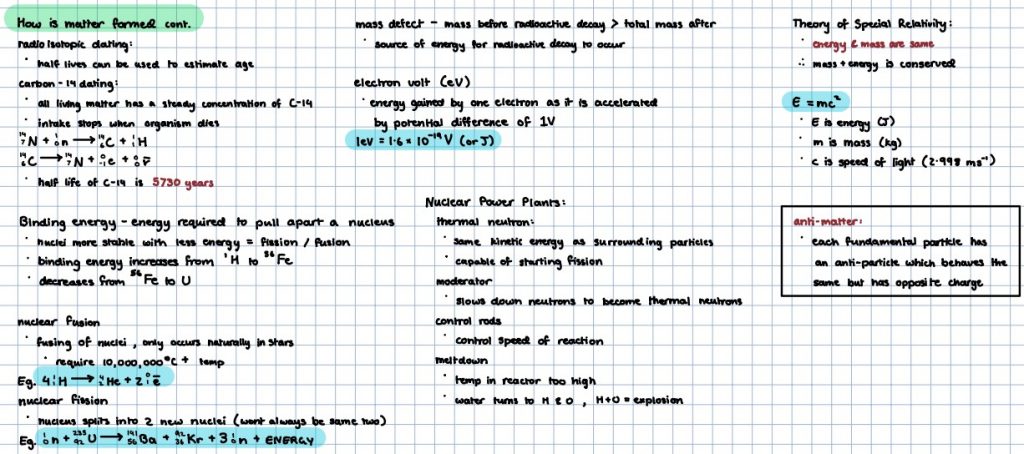VCE Physics
Summary:
The VCE Physics note delves into various topics relevant to Pharmacy, Pharmacognosy, and Plant Chemistry, providing a comprehensive overview. It begins by discussing volatile oils, alkaloids, resin and resin combinations, enzymes and protein drugs, plant hormones and plant growth. These topics are fundamental to understanding the chemical composition and medicinal properties of plants.
Moving on, the note explores Brownian motion, which refers to the random motion of small particles. It explains how energy is transferred and relates it to temperature, specifically the average translational kinetic energy of particles. The mass of the particles and the substance’s specific heat capacity (c) are also considered. Additionally, it explains the relationship between temperature in Kelvin (T) and temperature in degrees Celsius (T°C or K).
Internal energy, a key concept in thermodynamics, is defined as the total sum of the potential and kinetic energy of the particles making up a system. The note emphasizes the significance of thermal energy and differentiates between the various forms of kinetic energy, including translational, rotational, and vibrational motion.
The Zeroth Law of Thermodynamics is introduced, highlighting the concept of thermal equilibrium and the transfer of heat (Q). It further explains the latent heat of fusion (Le) and latent heat of vaporization (Lv), which are crucial in phase transitions from solid to liquid and liquid to gas, respectively. The note also introduces the concept of a blackbody, an idealized opaque non-reflective body.
Intensity (I), power (P), and area (A) are explored, emphasizing the conservation of charge and the movement of electrons. The note touches upon topics like Wien’s Displacement Law, electric circuits, potential difference, resistance, and the relationship between power and energy conversion.
Excerpt:
VCE Physics
Thermal effects can be explained through various phenomena, such as Brownian motion, which refers to the random motion of small particles. In this context, energy (Q) is transferred, and temperature (T) is associated with the average translational kinetic energy (m) of particles. Additionally, mass (Kg) and the substance’s specific heat capacity (c) are important factors in determining thermal behaviour.
Temperature can be measured in Kelvin (T) or degrees Celsius (T°C or °C), where the conversion between the two scales is given by the formula T(K) = T(°C) + 273.


Reviews